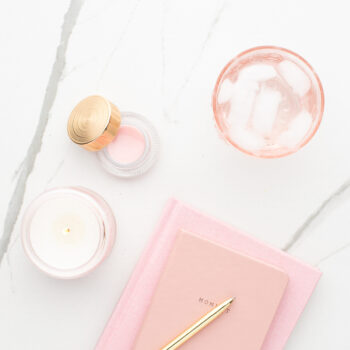What’s a good evening routine?

And why its important
Most of us have a set morning routine. Brush. Shower. Yoga. Join meetings. These rows of actions enable our mind frame to be much more relaxed and start the day on a positive note.
However, by evening we seem to run out of energy and turn to activities such as binge-watching your favourite show or order some takeout. Rejuvenation after work is necessary but the unhealthy tasks we do in the evening can have a long-term effect on our work and even our sleep.
In this article, let’s go over a few habits that can definitely make your evening routine a soothing period and get you prepped for the night!
- Note down your goals and tasks for the next day.
Doing so allows you to have a clear perspective of your priorities for the next day. It saves you from the morning rush where you scramble to see what the day entails. Make sure the most challenging task is completed first – so that your first bout of energy is allotted to that. This also frees you from worrying about tomorrow when you head out to sleep.
- Reflect on the day’s achievements and accomplishments.
Spending a few minutes at the end of the day to reflect can allow you to celebrate the day’s achievements and keep the drive going. You can also do this by keeping a gratitude journal. It’s beneficial to you, preserves your passion and provides encouragement for the upcoming days.

- Create a time limit for the amount of hours spent on screens.
Blue lights emitted from screens can dramatically impact the quality of sleep. Cut down on scrolling through social media or watching television. Pick a more recreational activity such as reading books or listening to podcasts – they engage your time much more productively.
- Practise a bit of light stretching or yoga
Sitting in front of screens the whole day takes a toll on your body. Light stretching and yoga in the evening not only relieves you of stress, but it also activates your parasympathetic system – which calms down your body and makes it easier to wind down.
Having an evening routine is equally as important as having a morning routine. It’s an extremely important string of habits to have – it makes your evening much more productive and relaxing. Here’s to hoping for the creation of several more evening routines!
Also read this article on 5 ways to relax when you are stressed

